Nuclear Waste: A Comprehensive Approach
Summary
This series entitled Nuclear Waste: A Comprehensive Approach consists of four volumes and a glossary. First, it provides a map of the quantities and potential dangers of nuclear waste by placing it in the context of all the waste produced by our society. It provides the scientific and technical basis for understanding the nature of nuclear waste, the associated health risks and the management solutions to prevent these risks.
The investigation is then extended to the issue of the risks bequeathed to future generations (waste, climate change, degradation of biodiversity…) and addresses the central question of our ethical responsibilities towards these generations. Finally, the conditions for the successful implementation of industrial solutions for the management of nuclear waste are discussed, highlighting the central role of the State and of democratic institutions that allow citizens and politicians to make informed and effective decisions.
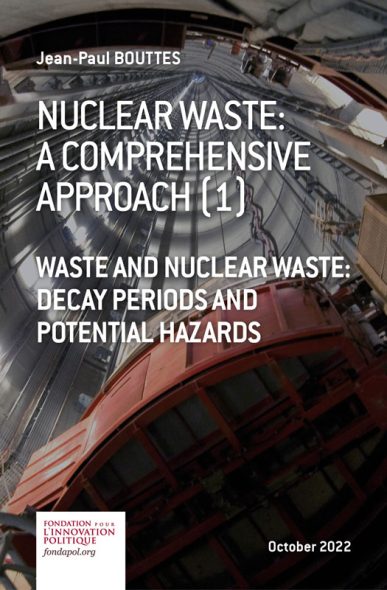
Nuclear waste: a comprehensive approach (1)
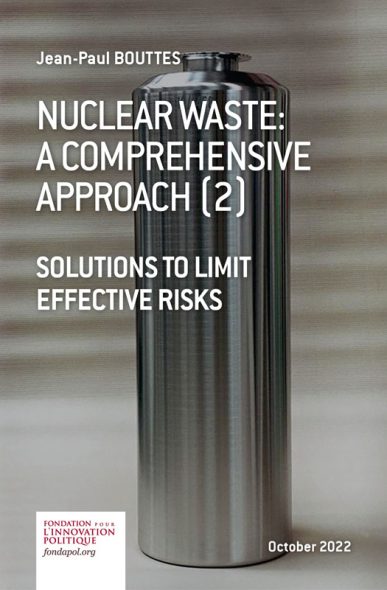
Nuclear waste: a comprehensive approach (2)
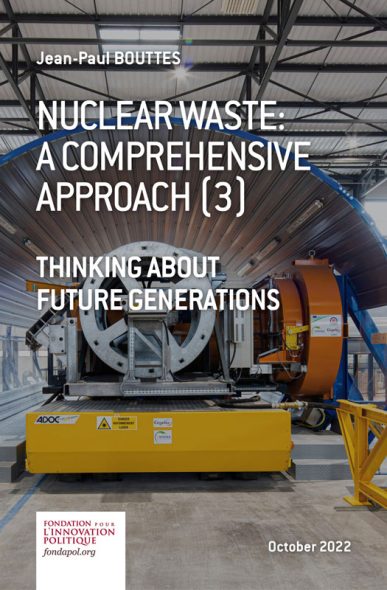
Nuclear waste: a comprehensive approach (3)
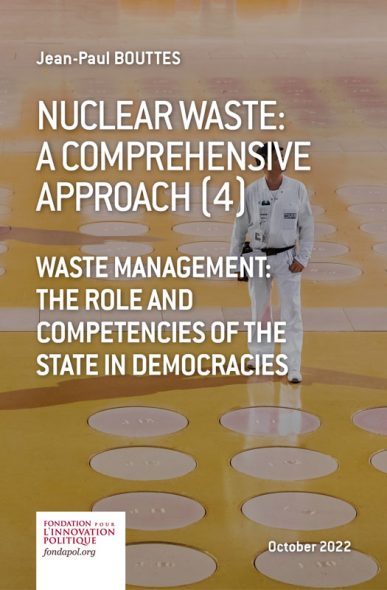
Nuclear waste: a comprehensive approach (4)
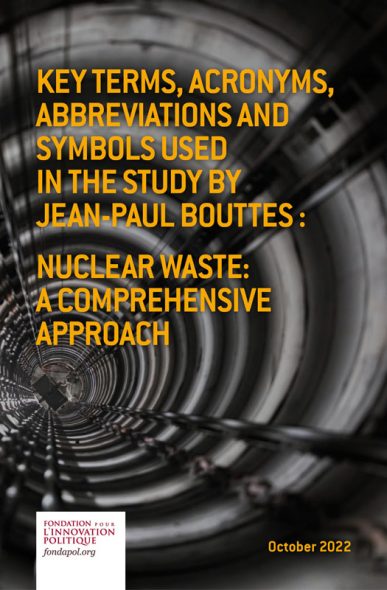
Key terms, acronyms, abbreviations and symbols used in the study by Jean-Paul Bouttes: "Nuclear waste: a comprehensive approach"
Human activity has reached an unprecedented scale in recent decades in terms of the quantities of materials transformed and the production of waste of all types. Some of this massively produced waste can be reused or recycled. Some is potentially toxic. Discussed here are the characteristics of the potential dangers of nuclear wastes, the physical phenomena at work, and the dangers associated with radioactivity before protection solutions are put into place.
The potential dangers of nuclear waste are comparable to those of other toxic chemical waste produced in large quantities by industry. However, nuclear wastes have the advantage of being present in small quantities (in mass and volume terms) and being very easy to trace. Their quantities and hazardousness are dependent on the recycling strategy adopted.
Solutions for limiting the risks associated with radioactive waste are based on two principles: reduce waste quantities at the source and prevent radionuclides from reaching humans and spreading into the environment. Nuclear waste is the most dangerous in the first decades after it leaves the reactor, as this is when it emits the most radiation and heat. Ensuring protection against this radiation involves simple steps: place water, concrete or lead between these products and human beings. A variety of solutions for the different categories of waste are currently being implemented in France under the supervision of French nuclear safety authority ASN.
They offer effective protections to people and the environment on a time horizon of two to three centuries.
A very small percentage of this waste requires very long-term solutions to protect future generations from it. Thanks to the extensive scientific research conducted in recent decades in France and internationally, suitable long-term solutions are now available combining long-term storage, transmutation and geological disposal (Cigeo project in France). Of the solutions available, the international community considers geological disposal as the benchmark.
The time horizon of risks associated with nuclear waste requires us to think about our responsibilities to future generations, even over the very long term (centuries, millennia and beyond). Approaches based on “public economics” help inform choices between geological disposal and long-term storage, depending on the economic status of future societies. Looking at the risks and opportunities passed down to future generations through a more extensive analysis grid, one that ranks degrees of risk and geographical scales, and takes into account levels of reversibility, allows for a better understanding of the challenges posed by nuclear waste relative to local risks such as those resulting from toxic industrial waste, and relative to major global risks like biodiversity loss and climate change.
We can use this same analysis grid to compare the advantages of nuclear power relative to other energy technologies (fossil fuels and renewables) for present and future generations. Lastly, we will turn to ethical philosophies to help us think more clearly about how to strike the right balance between the responsibilities of present generations and those of future generations, and to better determine what the most important legacy is to pass down: scientific knowledge, democratic institutions, or practical wisdom?
Different solutions exist for managing nuclear waste and protecting future generations over the very long term, though the difficulties encountered in implementing them should not be underestimated. These solutions require the existence of a State that is efficient and has the competencies to produce long-term prospective analyses to understand the issues facing the nuclear system, and the operational competencies to manage large-scale industrial projects like Cigeo. A look at the history of debates around nuclear waste in France also makes clear that the functioning of our democratic institutions needs to evolve considerably to better address this type of topic as well as complex subjects like climate change and biodiversity.
These institutions must rely on scientific and technological expertise from different disciplines and be able to incorporate “prospective” and ethical resources in seeking to promote the general interest rather than the goals of partisans or activists. This is an invitation to invent new democratic institutions to reflect the major technical and industrial challenges that future generations will face.
Key terms, acronyms, abbreviations and symbols used in the study by Jean-Paul Bouttes, Nuclear Waste: A Comprehensive Approach.

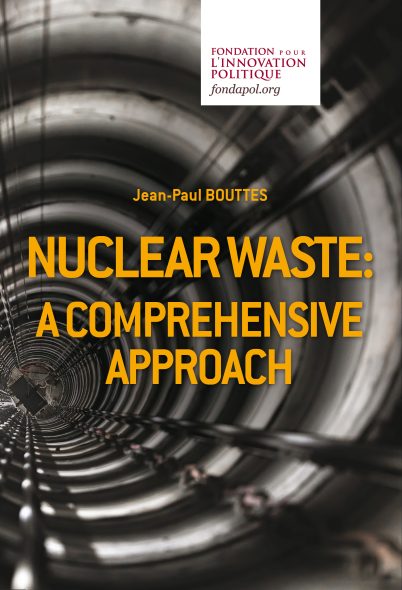
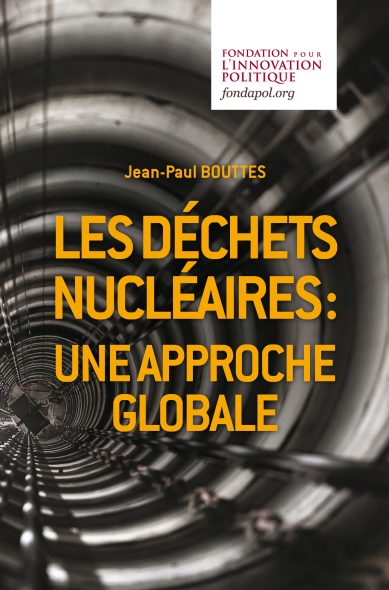
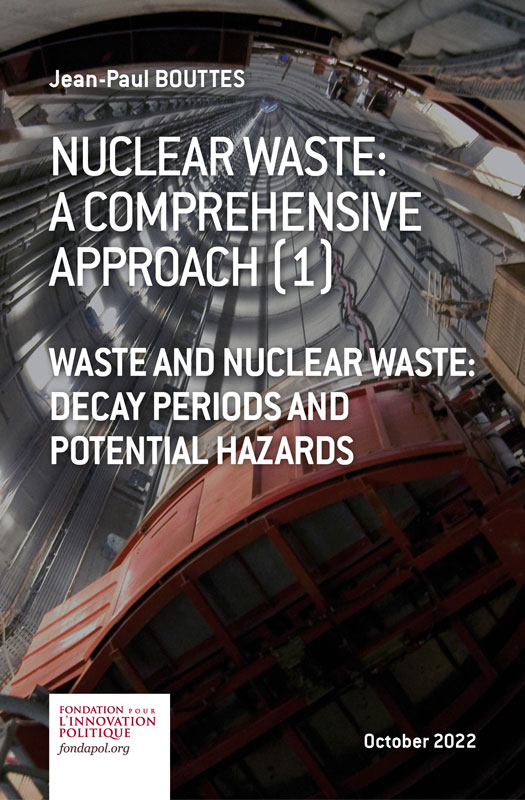
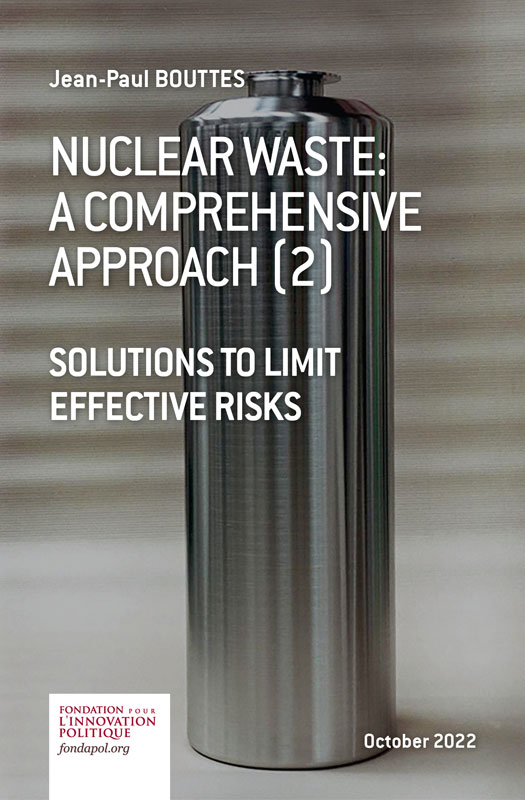
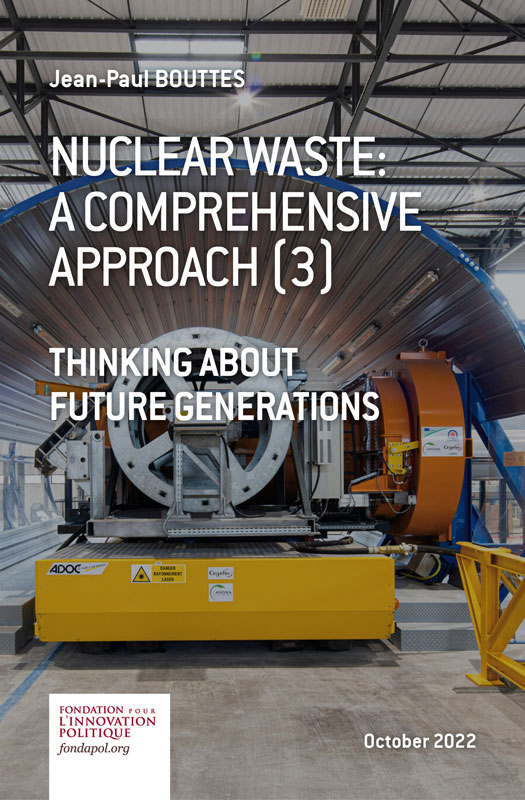
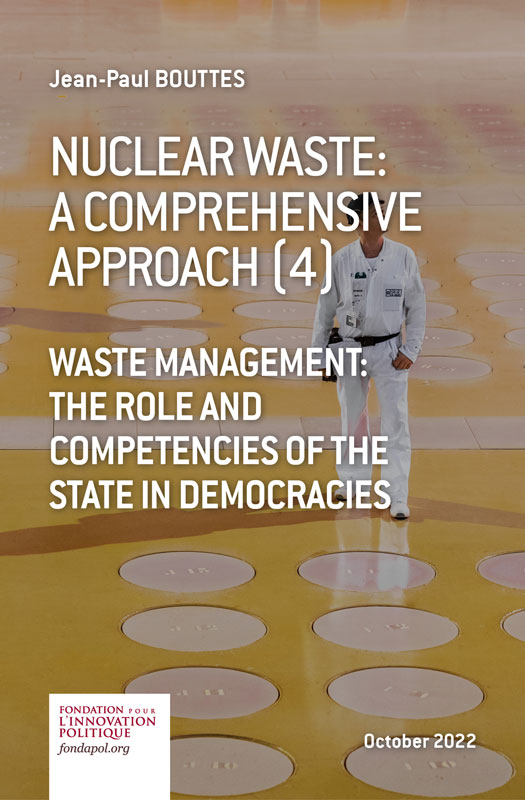
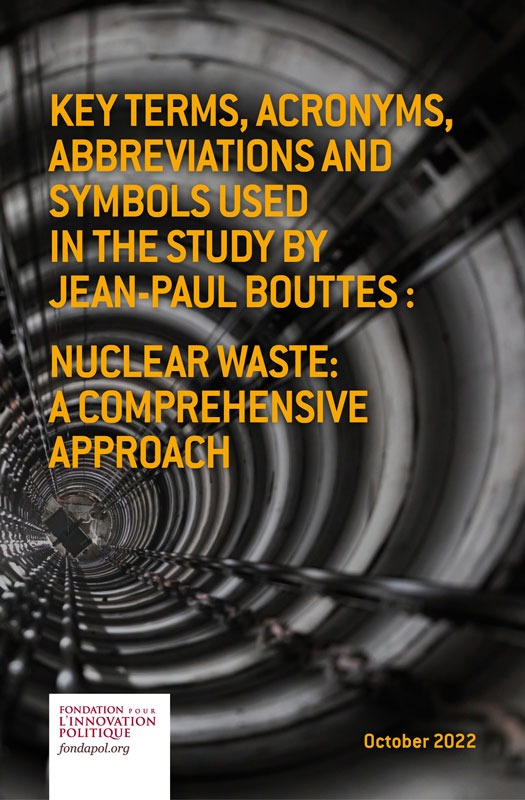




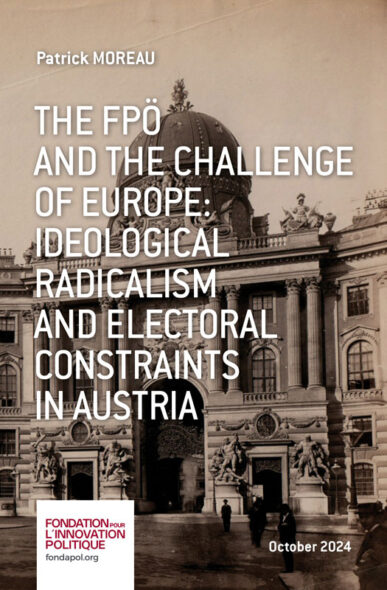

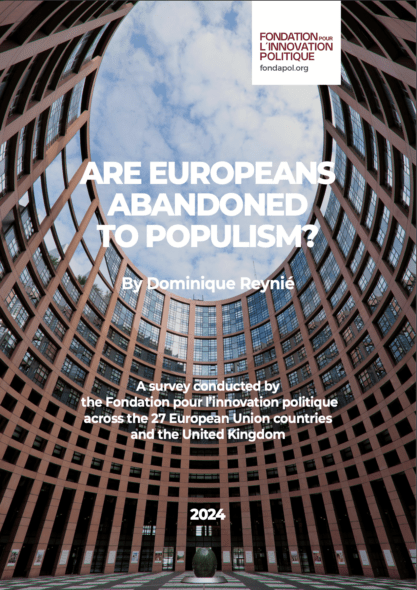
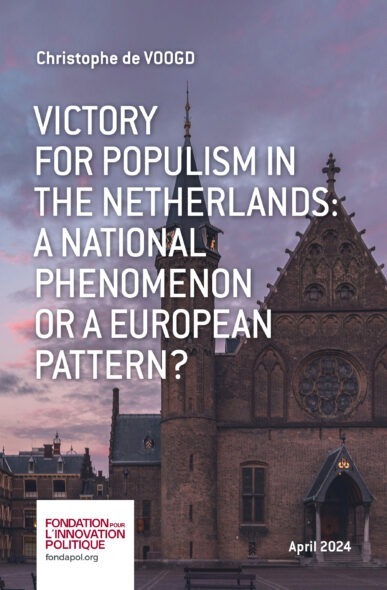
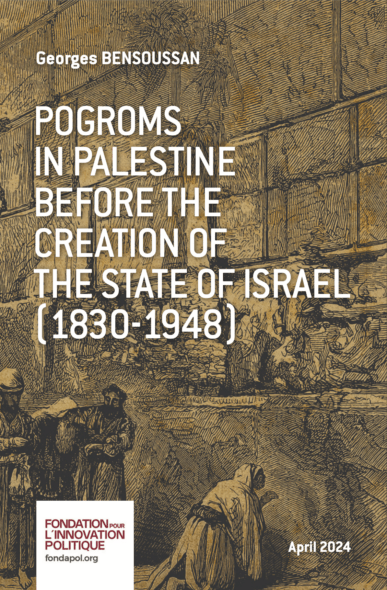
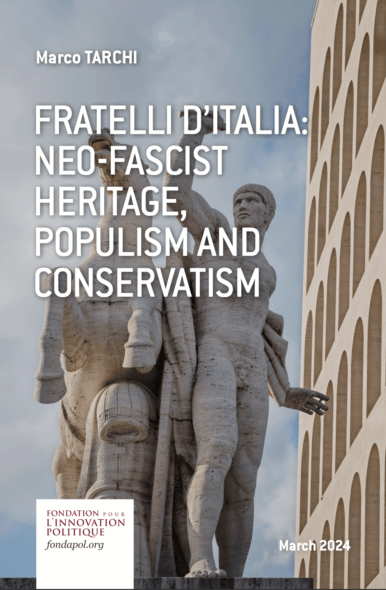
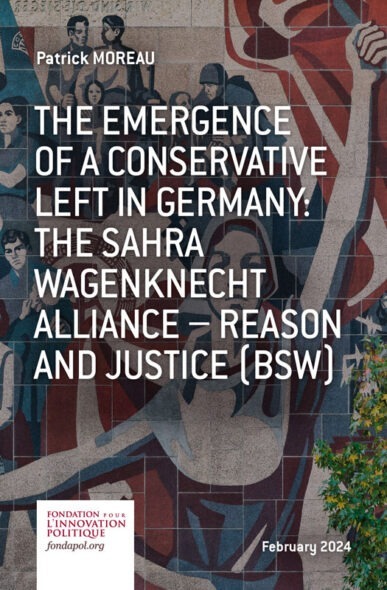
No comments.